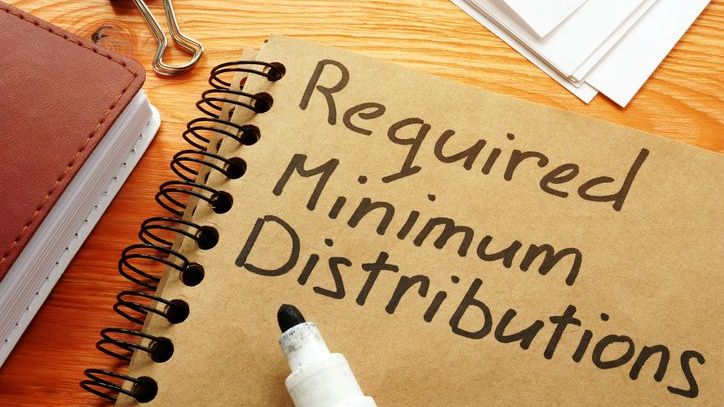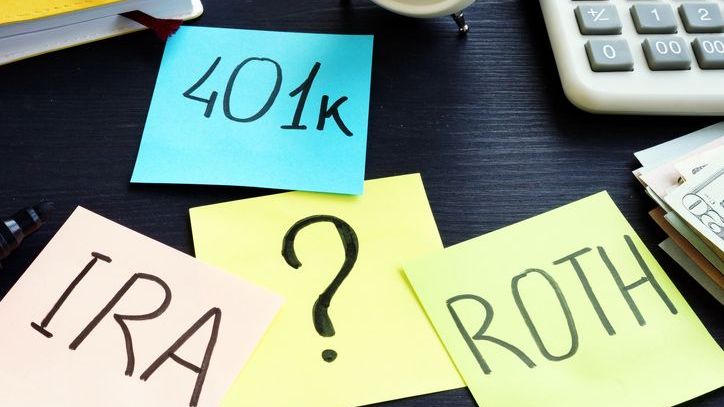Deciding to retire can feel a bit unnerving. Retirees have plenty to potentially worry about – some of which they have no control over – like how the market will perform and how fast prices at the supermarket will increase.
But regardless of the economic environment, simple mistakes can prove costly for retirees.
Here are some common mistakes that you’ll want to avoid as you enter your golden years. And if you need additional help planning for retirement, consider connecting with a financial advisor.
1. Not Accounting for Social Security Taxes
Did you know that you may need to pay income taxes on your Social Security benefits? In fact, up to 85% of your benefits may be taxable, depending on your other sources of income. The income thresholds that trigger taxes are set at specific amounts and don’t adjust for inflation, which means more retirees hit those tax limits every year.
How to estimate your potential tax hit is complicated (you can find an example here) but it starts by taking half of your Social Security benefits and adding it to your adjusted gross income (AGI) and any tax-free interest you may have earned. If the resulting total is $25,000 or more ($32,000 for joint filers), you’ll pay taxes on up to 50% of your Social Security benefits. And if that total is $34,000 or more ($44,000 for joint filers), up to 85% of your benefits will be taxable.
2. Ignoring Tax Impact of Account Withdrawals
If you have an individual retirement account (IRA), 401(k) or similar tax-deferred retirement savings account, your withdrawals will be taxed as ordinary income (and can trigger those Social Security taxes mentioned above). You’ll need to account for these taxes or look for ways to reduce them in retirement.
One strategy is to take some or all of your tax-deferred savings and convert it into a Roth IRA. You’ll pay taxes on the money you convert now, but all future gains will be tax-free. You can convert just enough of your IRA balance each year so that you remain in your current tax bracket and don’t jump into a higher bracket.
3. Not Planning for RMDs

Speaking of IRAs and 401(k)s, once you turn 73 (or 75 for those born after 1959), the IRS forces you to start taking required minimum distributions – the dreaded RMDs – from your tax-deferred accounts. The amount is based on your account balances at the end of the previous year and your projected life expectancy. You want to get this right because, if you don’t, you’ll owe a 25% penalty on the amount you should have withdrawn (it used to be 50%).
Strategies to minimize taxes on RMDs include postponing Social Security and taking larger withdrawals early in retirement to reduce your taxable account balances. Meanwhile, Roth assets aren’t subject to RMDs, so doing a Roth conversion can eliminate your RMDs. Lastly, if you don’t need the cash to cover living expenses, making qualified charitable distributions (QCDs) from IRAs can satisfy your RMD requirement while not adding any taxable income to your bottom line.
While SmartAsset’s RMD calculator can help you estimate how much your first RMD will be, a financial advisor can help you plan for the tax impact of these mandatory withdrawals and take steps to reduce or eliminate them.
4. Ignoring Inflation
Your retirement plan needs to consider inflation. On average, the cost of living increases by 2% to 3% each year. Over the course of a 20- or 30-year retirement, that increased cost of living will steadily erode your hard-earned nest egg. Consider that after 12 years, inflation would hike a $10 expense to $15.
Accounting for inflation is one reason that financial planners advise retirees to keep a significant portion of their retirement savings invested in stocks – interest from bonds and savings accounts often don’t keep up with inflation. Failing to account for inflation can mean your savings will lose its purchasing power and not last as long. If you need help building a retirement income plan that will keep pace with inflation, consider connecting with a financial advisor.
5. Failing to Sign Up for Medicare
Most people working today won’t hit their full Social Security retirement age until they turn 67 – but they need to file for basic Medicare in the three months before or after they turn 65. If not, they’ll face penalties ranging from 1% to 10% for every 12 months they delay enrolling. Medicare has several separate elements, ranging from Parts A, B, C and D to supplement plans that go all the way to Part N. Filing for Medicare isn’t as daunting as it seems but you still need to do your homework about what’s involved and what paperwork you need.
6. Mismanaging Your Retirement Accounts

Once you retire you’ll want to get a handle on all your retirement savings, including IRAs, taxable investment accounts, savings accounts, pensions and 401(k) accounts or similar workplace plans. If you have several 401(K)s at previous jobs, your best bet may be to roll them all into one consolidated IRA. If you’re still working, however, you might want to roll old 401(k)s into the plan of your current employer, which allows you to postpone RMDs.
You can consider combining several IRAs into one easier-to-manage account or converting some or all of the cash to a Roth IRA. You’ll also need to plan how you’ll structure your “retirement paycheck” – the income you want to get from all your retirement accounts, plus any pensions and Social Security benefits. Keep in mind that a financial advisor can help you with account rollovers and managing your savings once they’ve been consolidated.
Bottom Line
Retirement planning can feel daunting, especially when you consider the costly mistakes that lurk. However, the first step is to construct a retirement budget. Then, review your assets, account for inflation and healthcare costs and create a post-work investment strategy. It sounds like a lot but if you take it one step at a time and start at least a year before retiring, it can all be manageable.
Retirement Planning Tips
- Fidelity recommends that you have 10 times your annual income saved for retirement by age 67. To find out if you’re on track, try SmartAsset’s retirement calculator. This free tool will estimate how much you’ll have when the time comes to retire.
- Making the transition from working to retirement can seem daunting, and consulting with a good financial advisor can make it easier. Finding a financial advisor doesn’t have to be hard. SmartAsset’s free tool matches you with up to three vetted financial advisors who serve your area, and you can have a free introductory call with your advisor matches to decide which one you feel is right for you. If you’re ready to find an advisor who can help you achieve your financial goals, get started now.
Photo credit: ©iStock.com/FatCamera, ©iStock.com/designer491, ©iStock.com/designer491
Read the full article here
















